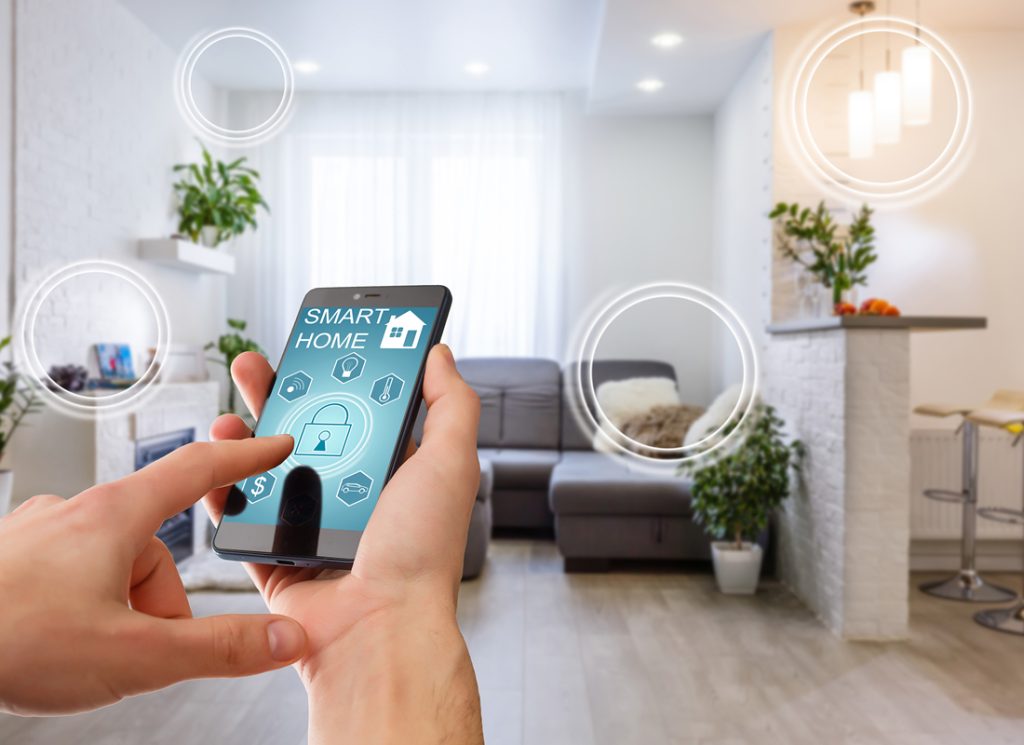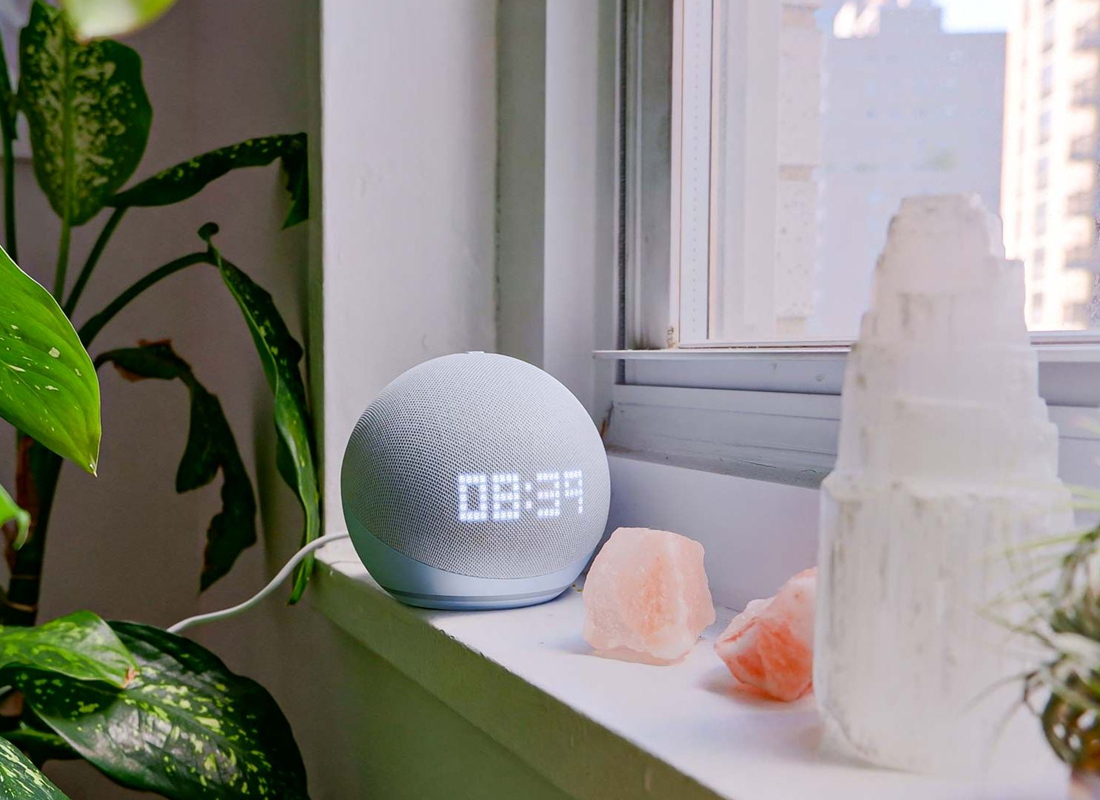Smart devices utilize machine learning algorithms to analyze user behavior over time. For instance, a smart thermostat can learn when a household is typically occupied and adjust the temperature accordingly. By recognizing patterns in user activity, the thermostat can create a comfortable environment without unnecessary energy consumption. This not only enhances comfort but also leads to energy savings, making the device more efficient.
Another example is smart lighting systems that adapt to user preferences. These systems can learn which rooms are used most frequently and adjust the lighting levels based on the time of day or specific activities. For example, if a user tends to read in the living room during the evening, the smart lighting can automatically adjust to provide optimal brightness for that activity. This level of personalization creates a more enjoyable atmosphere while reducing the need for manual adjustments.
Smart speakers and voice assistants also exemplify the power of adaptation. By learning users’ preferences for music, news, and even shopping habits, these devices can provide tailored recommendations. For instance, if a user frequently listens to a particular genre of music, the smart speaker can curate playlists that align with those tastes, making music discovery effortless and enjoyable. Additionally, voice assistants can learn to recognize different family members, allowing for a more personalized interaction based on individual preferences.

The potential for smart devices to enhance home security is another area where learning capabilities shine. Smart security cameras can differentiate between familiar faces and strangers, providing alerts only when unfamiliar individuals are detected. This reduces unnecessary notifications and allows users to focus on genuine security concerns. Furthermore, smart doorbells can learn the typical patterns of visitors, helping to distinguish between regular deliveries and unusual activity.
To fully benefit from the personalized experiences offered by smart devices, users should engage with the settings and preferences available. Many devices allow for customization, enabling users to fine-tune the learning algorithms to better suit their lifestyles. Regularly updating the device software can also enhance functionality, ensuring that users have access to the latest features and improvements.
As smart technology continues to evolve, the ability of devices to learn and adapt will only become more sophisticated. This evolution promises to create even more seamless interactions between users and their devices, further enhancing the convenience and personalization of everyday life. Embracing these innovations allows individuals to create a home environment that is not only efficient but also tailored to their unique preferences and habits. The future of smart technology is bright, offering exciting possibilities for a more connected and personalized living experience.

